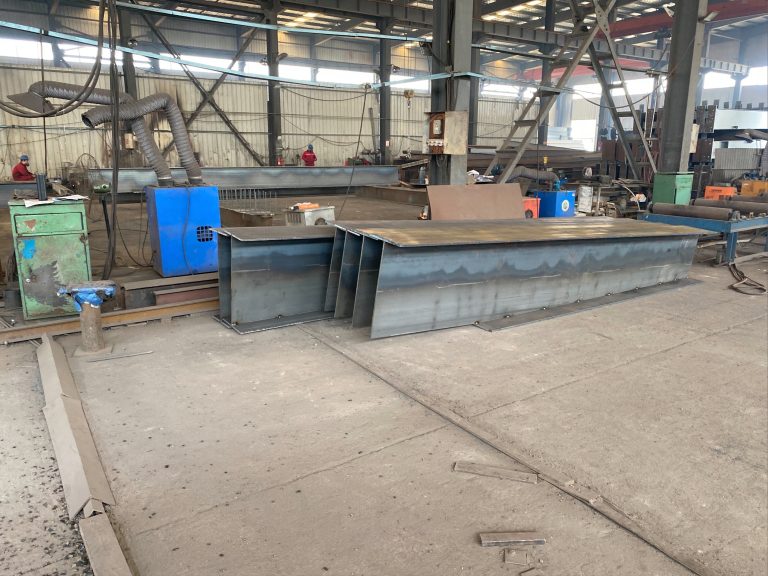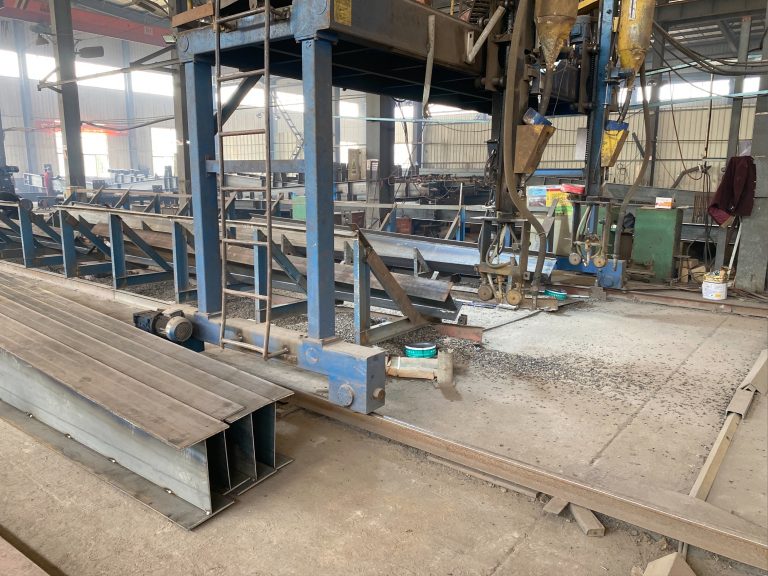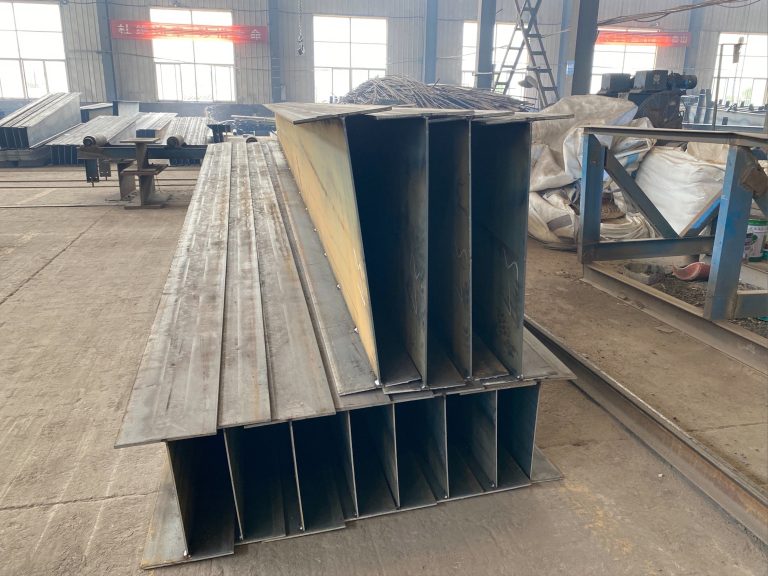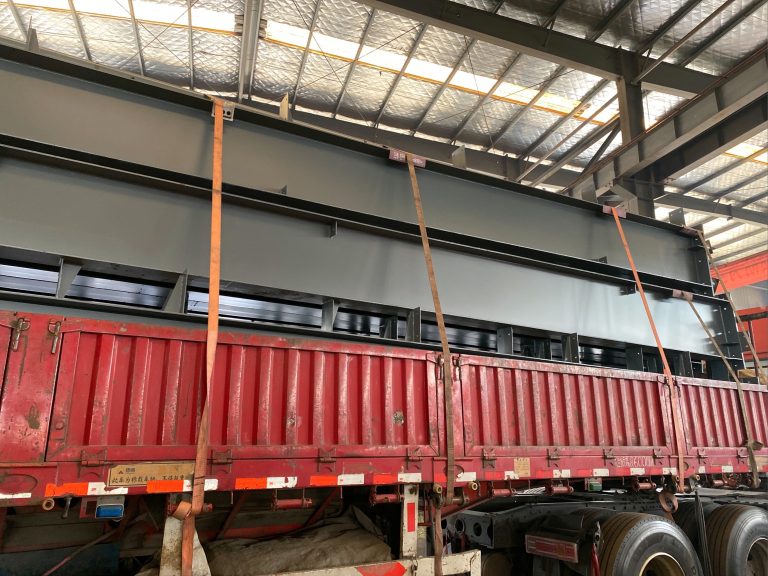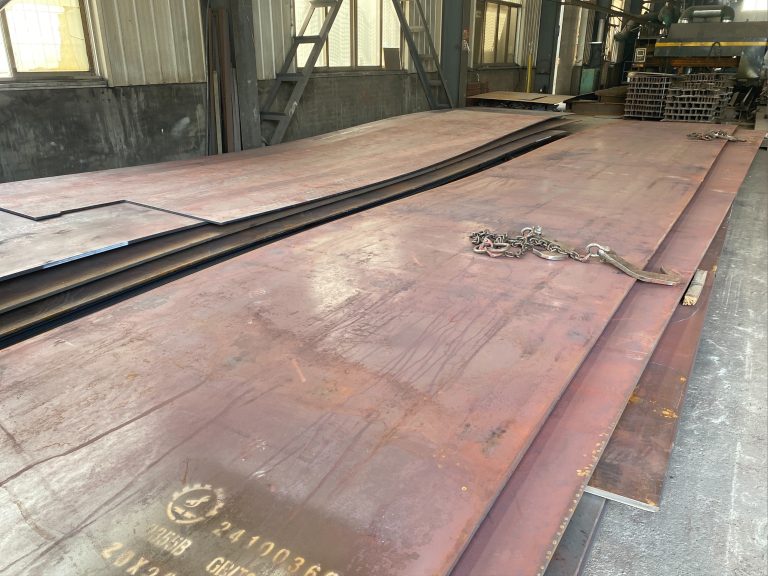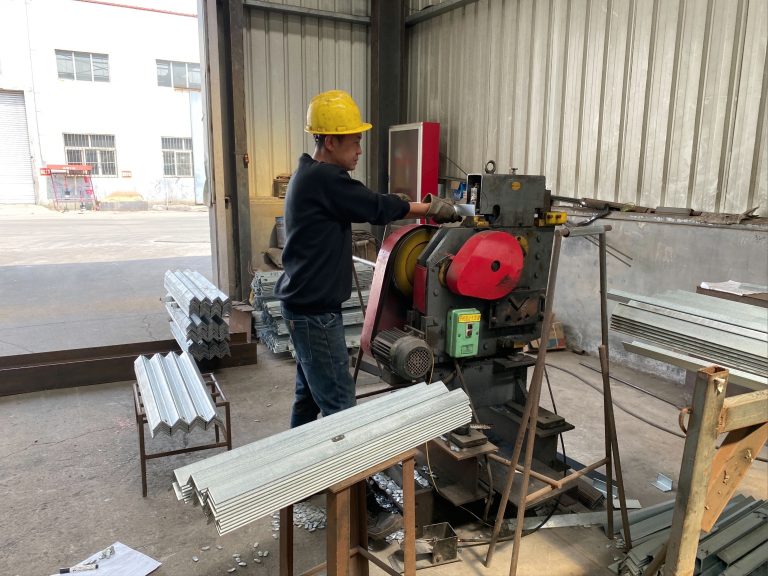Steel structure building intelligent temperature control system technology innovation
Table of Contents
Benefits of Implementing Intelligent Temperature Control Systems in Steel Structure Buildings
Steel structure buildings have become increasingly popular in recent years due to their durability, cost-effectiveness, and sustainability. However, one of the challenges faced by owners and occupants of these buildings is maintaining a comfortable indoor temperature throughout the year. Traditional heating and cooling systems can be inefficient and costly to operate, especially in large steel structures. This is where intelligent temperature control systems come in.
Intelligent temperature control systems use advanced technology to monitor and adjust the indoor temperature of a building automatically. These systems can be programmed to maintain a specific temperature range, taking into account factors such as outdoor weather conditions, occupancy levels, and building orientation. By constantly analyzing data and making real-time adjustments, intelligent temperature control systems can optimize energy usage and create a more comfortable environment for occupants.
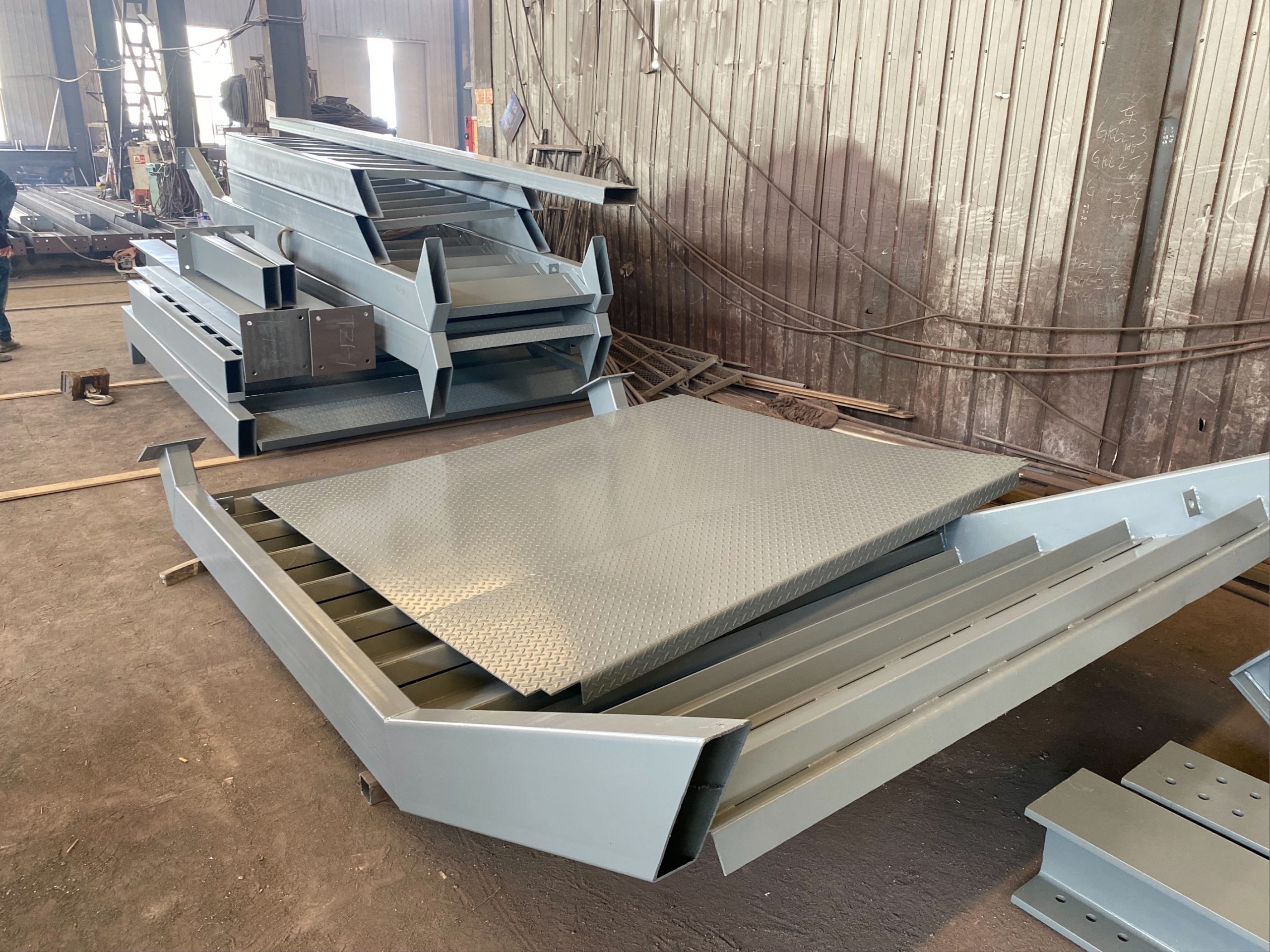
One of the key benefits of implementing intelligent temperature control systems in steel structure buildings is energy efficiency. By automatically adjusting heating and cooling settings based on real-time data, these systems can reduce energy consumption and lower utility costs. This not only benefits the building owner in terms of cost savings but also contributes to a more sustainable and environmentally friendly operation.
In addition to energy efficiency, intelligent temperature control systems can also improve occupant comfort. By maintaining a consistent indoor temperature and humidity level, these systems create a more pleasant and productive environment for building occupants. This can lead to increased employee satisfaction, reduced absenteeism, and improved overall well-being.
Another advantage of intelligent temperature control systems is their ability to enhance building performance and longevity. By monitoring and adjusting temperature settings to prevent condensation and humidity buildup, these systems can help prevent corrosion and other damage to the steel structure. This can extend the lifespan of the building and reduce maintenance costs over time.
Furthermore, intelligent temperature control systems can provide building owners with greater control and flexibility over their HVAC systems. With remote monitoring and control capabilities, owners can adjust temperature settings, schedule maintenance tasks, and receive real-time alerts and notifications. This level of control allows for proactive maintenance and troubleshooting, leading to improved system reliability and performance.
Overall, the implementation of intelligent temperature control systems in steel structure buildings offers a wide range of benefits, including energy efficiency, occupant comfort, building performance, and operational control. As technology continues to advance, these systems are becoming more sophisticated and cost-effective, making them an attractive option for building owners looking to optimize their HVAC systems.
In conclusion, intelligent temperature control systems represent a significant innovation in the field of building technology. By leveraging advanced sensors, data analytics, and automation, these systems can revolutionize the way steel structure buildings are heated and cooled. With their ability to improve energy efficiency, occupant comfort, building performance, and operational control, intelligent temperature control systems are a valuable investment for any steel structure building owner.
How Steel Structure Building Intelligent Temperature Control Systems Improve Energy Efficiency and Sustainability
Steel structure buildings have become increasingly popular in recent years due to their durability, cost-effectiveness, and sustainability. One key aspect of these buildings that is often overlooked is their temperature control systems. Intelligent temperature control systems in steel structure buildings play a crucial role in improving energy efficiency and sustainability.
One of the main benefits of intelligent temperature control systems in steel structure buildings is their ability to regulate indoor temperatures effectively. By using sensors and advanced algorithms, these systems can adjust heating and cooling levels based on factors such as occupancy, outside temperature, and sunlight exposure. This not only ensures a comfortable indoor environment for occupants but also reduces energy consumption by avoiding unnecessary heating or cooling.
Furthermore, intelligent temperature control systems in steel structure buildings can help optimize energy usage. By analyzing historical data and real-time information, these systems can identify patterns and trends in energy consumption, allowing for more efficient use of resources. For example, the system may automatically adjust temperature settings during off-peak hours or when the building is unoccupied, leading to significant energy savings in the long run.
In addition to improving energy efficiency, intelligent temperature control systems in steel structure buildings also contribute to sustainability. By reducing energy consumption, these systems help lower greenhouse gas emissions and minimize the building’s carbon footprint. This is especially important in today’s world, where climate change is a pressing issue that requires immediate action.
Moreover, intelligent temperature control systems in steel structure buildings can be integrated with other smart technologies to further enhance sustainability. For example, these systems can be connected to renewable energy sources such as solar panels or wind turbines, allowing the building to generate its own clean energy. This not only reduces reliance on fossil fuels but also promotes a more sustainable way of living.
Another key advantage of intelligent temperature control systems in steel structure buildings is their ability to provide real-time monitoring and control. Building managers can access the system remotely through a smartphone or computer, allowing them to adjust temperature settings, monitor energy usage, and receive alerts for any potential issues. This level of control not only improves operational efficiency but also ensures that the building is always running at its optimal performance.
Furthermore, intelligent temperature control systems in steel structure buildings can help extend the lifespan of HVAC equipment. By optimizing energy usage and reducing wear and tear on heating and cooling systems, these systems can help prevent costly repairs and replacements. This not only saves money in the long run but also reduces the environmental impact of manufacturing and disposing of HVAC equipment.
In conclusion, intelligent temperature control systems in steel structure buildings play a crucial role in improving energy efficiency and sustainability. By regulating indoor temperatures effectively, optimizing energy usage, promoting renewable energy integration, providing real-time monitoring and control, and extending the lifespan of HVAC equipment, these systems offer a wide range of benefits for both building owners and the environment. As the demand for sustainable buildings continues to grow, it is clear that intelligent temperature control systems will play an increasingly important role in shaping the future of construction.

